In our 2019 Art in the Barn exhibition, we asked artists to address the theme of identity. In doing so, several of the participants in Art + Identity: an international view, wrote eloquently about places that have informed their work. For Mary Merkel-Hess, that place is the plains of Iowa, which viewers can feel when viewing her windblown, bladed shapes. A recent work made a vivid red orange was an homage to noted author, Willa Cather’s plains’ description, “the bush that burned with fire and was not consumed,” a view that Merkel-Hess says she has seen.

The late Micheline Beauchemin traveled extensively from her native Montreal. Europe, Asia, the Middle East, all influenced her work but depictions of the St. Lawrence River were a constant thread throughout her career. The river, “has always fascinated me,” she admitted, calling it, “a source of constant wonder” (Micheline Beauchemin, les éditions de passage, 2009). “Under a lemon yellow sky, this river, leaded at certain times, is inhabited in winter, with ice wings without shadows, fragile and stubborn, on which a thousand glittering lights change their colors in an apparent immobility.” To replicate these effects, she incorporated unexpected materials like glass, aluminum and acrylic blocks that glitter and reflect light and metallic threads to translate light of frost and ice.

Mérida, Venezuela, the place they live, and can always come back to, has been a primary influence on Eduardo Portillo’s and Maria Davila’s way of thinking, life and work. Its geography and people have given them a strong sense of place. Mérida is deep in the Andes Mountains, and the artists have been exploring this countryside for years. Centuries-old switchback trails or “chains” that historically helped to divide farms and provide a mountain path for farm animals have recently provided inspiration and the theme for a body of work, entitled Within the Mountains. Nebula, the first work from this group of textiles, is owned by the Cooper Hewitt Museum.

Birgit Birkkjaer’s Ode for the Ocean is composed of many small woven boxes with items from the sea — stones, shells, fossils and so on — on their lids. ” It started as a diary-project when we moved to the sea some years ago,” she explains. “We moved from an area with woods, and as I have always used materials from the place where I live and where I travel, it was obvious I needed now to draw sea-related elements into my art work.”

“I am born and raised in the Northeast,” says Polly Barton, “trained to weave in Japan, and have lived most of my life in the American Southwest. These disparate places find connection in the woven fabric that is my art, the internal reflections of landscape.” In works like Continuum i, ii, iii, Barton uses woven ikat as her “paintbrush,” to study native Southwestern sandstone. Nature’s shifting elements etched into the stone’s layered fascia reveal the bands of time. “Likewise, in threads dyed and woven, my essence is set in stone.”
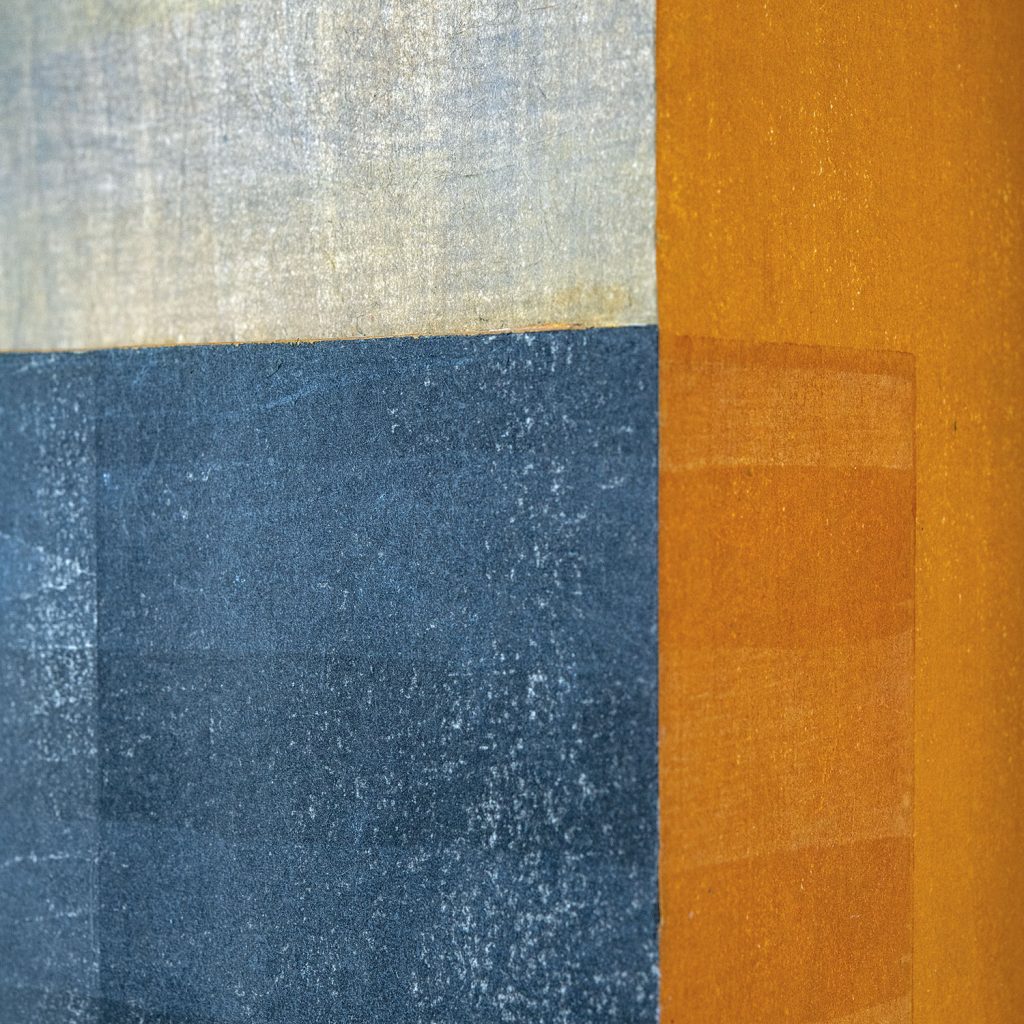
For Paul Furneaux, geographic influences are varied, including time spent in Mexico, at Norwegian fjords and then, Japan, where he studied Japanese woodblock, Mokuhanga “After a workshop in Tokyo,” he writes, “I found myself in a beautful hidden-away park that I had found when I first studied there, soft cherry blossom interspersed with brutal modern architecture. When I returned to Scotland, I had forms made for me in tulip wood that I sealed and painted white. I spaced them on the wall, trying to recapture the moment. The forms say something about the architecture of those buildings but also imbue the soft sensual beauty of the trees, the park, the blossom, the soft evening light touching the sides of the harsh glass and concrete blocks.”




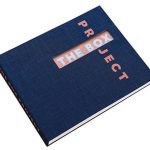



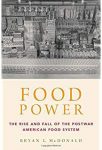

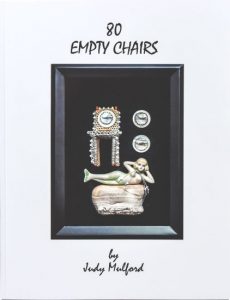

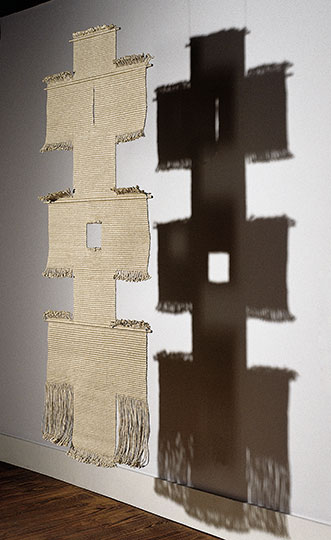
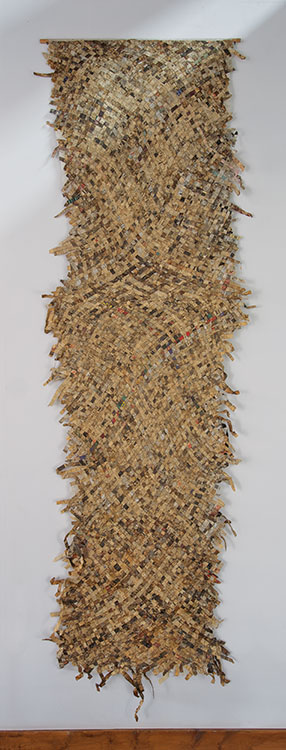
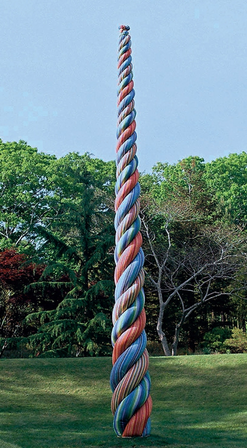


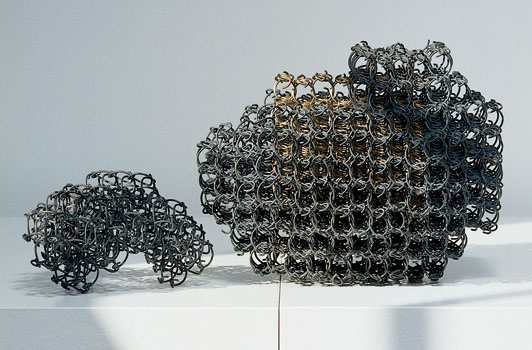


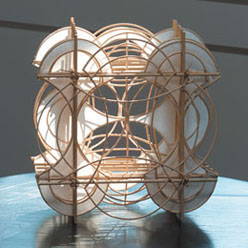
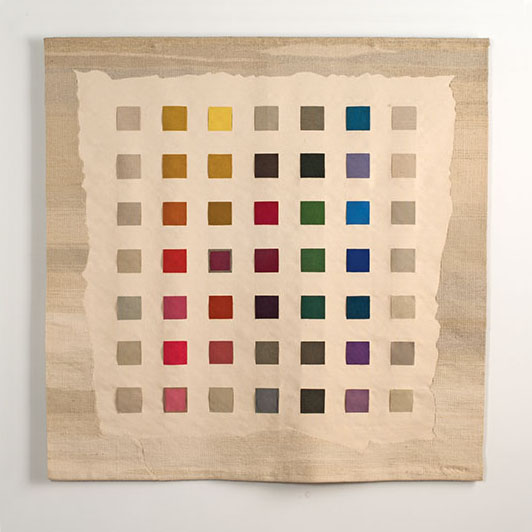

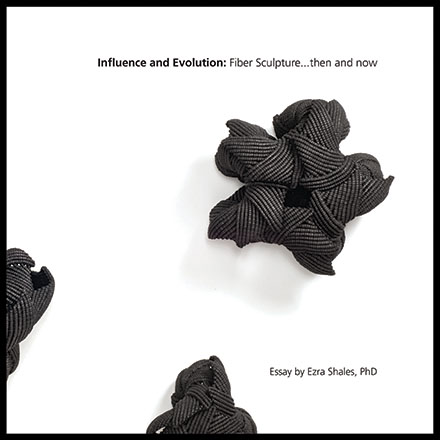
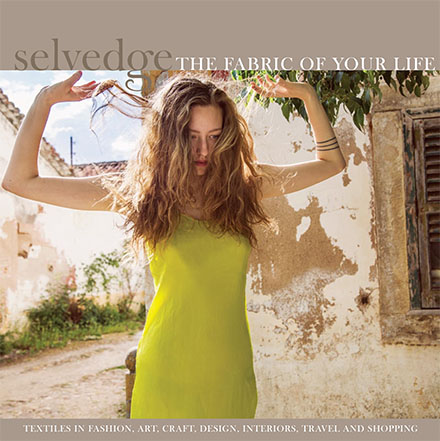
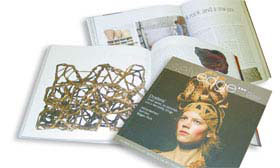
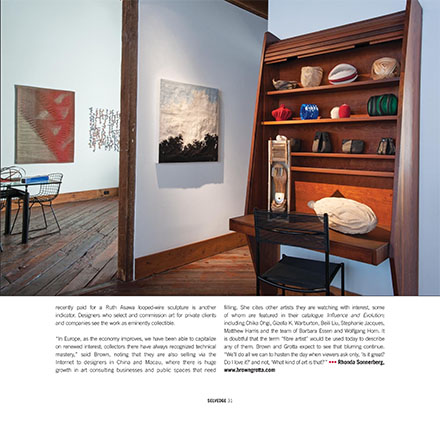
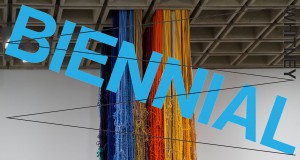

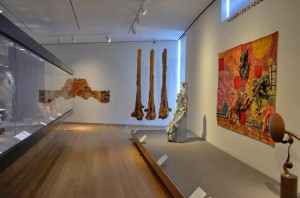
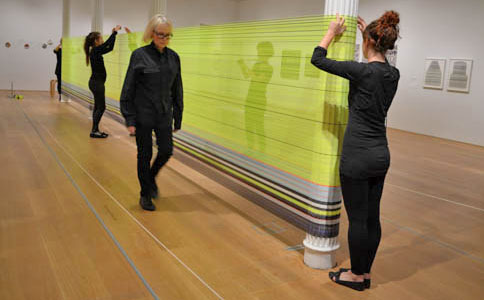

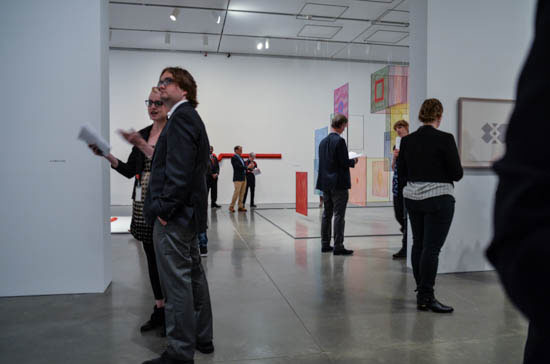

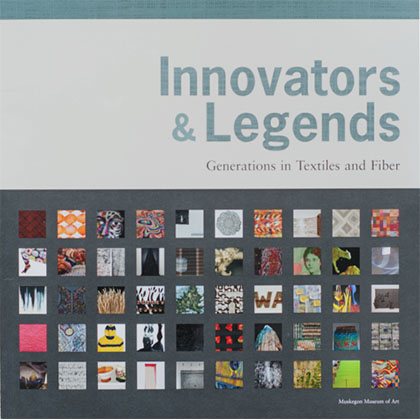


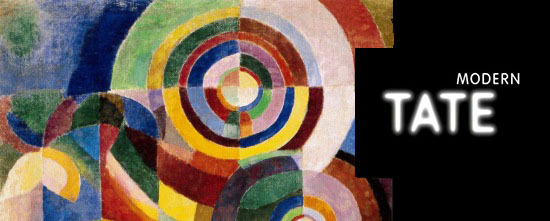


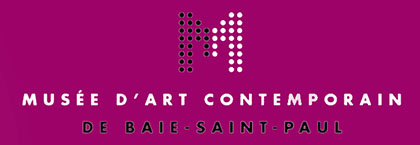

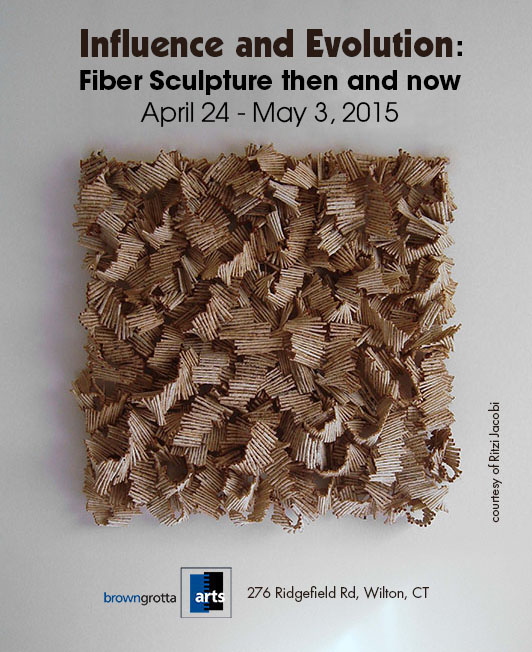
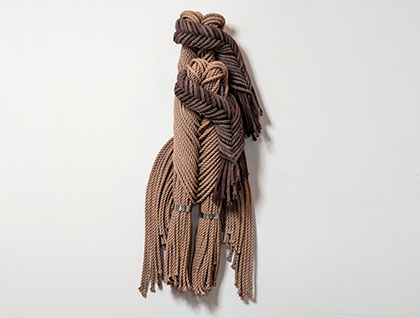
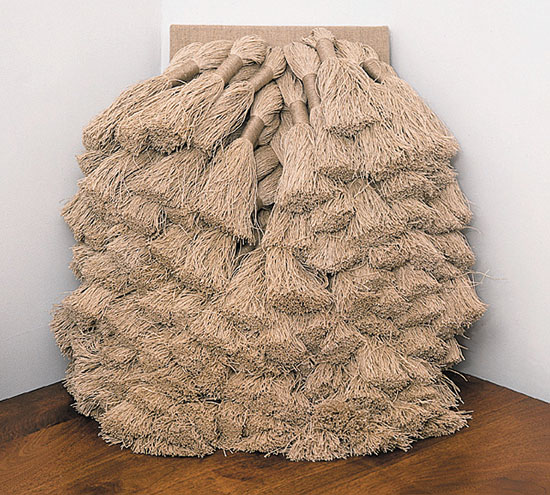
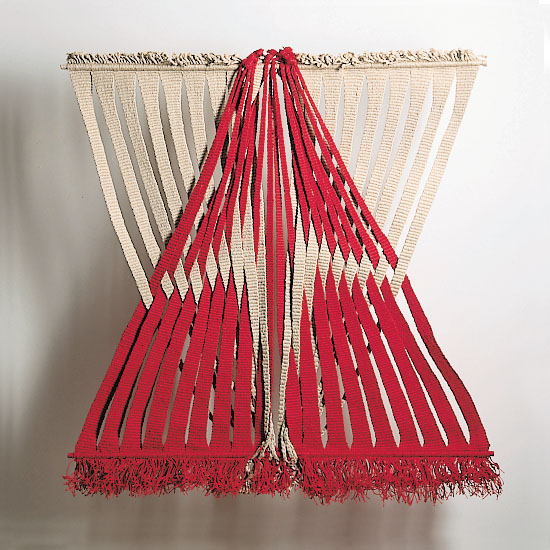

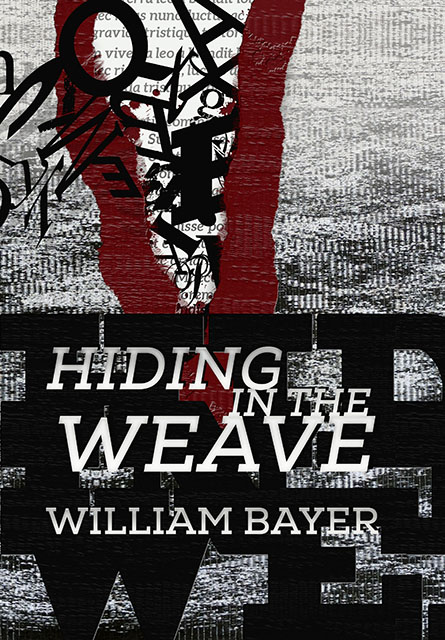
We Get Good Press
Maybe you’ve heard the buzz? In the past six months, both browngrotta arts and Tom’s book project, The Grotta House by Richard Meier: A Marriage of Architecture and Craft, which features many of the artists we work with, have gotten great coverage in the Connecticut publications, nationally and elsewhere in the world.
In December, the illustrious New York Times, profiled Sandy and Lou Grotta, their 300+ collection of Modern Craft which are beautifully featured/illustrated in The Grotta House book. https://www.nytimes.com/2019/12/31/arts/design/show-us-your-wall-grotta.html So did Art in America online.
https://www.artguide.pro/event/ book-release-the-grotta-home-by-richard-meier-a-marriage-of-architecture-and-craft/ Tom got a shoutout as the photographer in both articles as well. Next up was TLmag, True Living of Art and Design, a Brussels-based, international biannual print and online magazine dedicated to curating and capturing the collectible culture.
Also in February, the Grotta house and browngrotta arts were covered by Introspective, the online magazine produced by 1st Dibs, In the piece titled, “Tour a Richard Meier-Designed House that Celebrates American Craft,” author Osman Can Yerebakan, observes that the Grottas, are “[l]ed by intuition, they simply let an affinity for objects, and for the people who make them, guide their unerring eye.”https://www.1stdibs.com /introspective-magazine/richard-meier-grotta-house/?utm_term=feature2&utm_source=nl-introspective&utm_content=reengagement&utm_medium=email&utm_campaign=2020_02_23&emailToken=2277332_1a3d078b2c480b774c0897f7484ece12b4545b9bb006358a40eba4b7215550ce
Japanese and Korean Contemporary Craft
in Artfix Daily
On March 1st, Artfix Daily covered our online exhibition in “browngrotta arts presents Transforming Tradition: Japanese and Korean Contemporary Craft.” http://www.artfixdaily.com /artwire/release/7876-browngrotta-arts-presents-transforming-tradition-japanese-and-kor. An article by Rhonda, “Active Collecting: Acquiring Experiences as Well as Art,” appeared in the Spring issue of Surface Design Journal,
as Well as Art in Surface Design Journal
describing the interactions between Sandy and Lou Grotta and the artists they collect. The couple have met many of those whose work they have collected or commissioned and have developed deep friendships with others, including furniture makers Joyce and Edgar Anderson and Thomas Hucker, jewelers Wendy Ramshaw and David Watkins, ceramist Toshiko Takaezu and weaver Mariette Rousseau-Vermette.
The Spring also saw a light-hearted story in the March/April issue of Wilton Magazine, on Rhonda and Tom, “Art of Love, Love of Art,” by Karen Sackowitz, noting that our creative synergy– for better or worse — has spanned decades (3 decades and 7 years to be precise). Other local publications have championed us as well — The Ridgefield Press, Wilton Bulletin and Connecticut Magazine have talked up our taking art online, nothing that, “Social distancing doesn’t mean people have to distance themselves from the arts” as area arts institutions like bga have taken to providing people with digital experiences on their websites and social media platforms to ensure people are still able to engage with art.
with a Rotating Cast
of Craft Masterpieces
by Casey Lesser: Artsy Editorial
Artsy, covered the Grottas and their home in April, in “This Collecting Couple Lives with a Rotating Cast of Craft Masterpieces,” by Casey Lesser https://www.artsy.net /article/artsy-editorial-collecting-couple-lives-rotating-cast-craft-masterpieces. Tom got a shout out, too. The author shared Lou’s collecting advice to “do your homework” as he recalled being told that “you have to see 50 works by an artist before you can start to understand what’s good.” Thanks to the internet, that’s much easier today than it was when he and Sandy started out. “Don’t fall in love with the latest stuff,” the author quotes Grotta. “Decide who you like and what you like.”
April also saw the Grotta house and book featured in Dwell online https://www.dwell.com /home/the-grotta-house-0257ab73 and in Archello https://archello.com/project/the-grotta-house. In progress (fingers crossed), a piece on The Grotta House by Richard Meier, a Marriage of Architecture and Craft in INTERIOR+DESIGN, a Russian publication.
We hope to get press coverage for our upcoming events:
Online in June: Cross Currents – Arts Influenced by Rivers and the Sea, Vols. 38, 35
Online in July: Fan Favorites — Sekimachi, Sekijima, Laky and Merkel-Hess, Vols. 24, 19, 2, 3, 8, 5, 15, 16, 19
Online in August: Cataloging the Canon – Tawney, Stein, Cook, Hicks and So, Vols. 13, 28, Monographs: 1-3; Focus: 1
Live in September: Volume 50: Chronicling Fiber for Three Decades. Now rescheduled for September 12 -22. Details on how we will mix art viewing and safe practice to come.
Hope you’ll join us for all or some of these.
Stay Safe, Stay Distanced, Stay Inspired!!